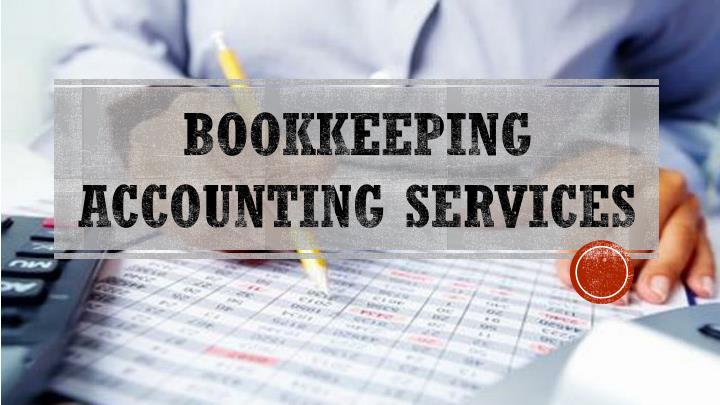Bookkeeping Accounting Services
Bookkeeping Accounting Services is one of the most popular service categories in Australia. As it is an entry-level accounting service, bookkeeping accounting services in Australia provide an easy and affordable way of recording financial transactions. In Australia, as in many other countries, bookkeeping accounting services must be provided by a company that is a member of the Institute of Chartered Accountants of Australia (ICCA).
Bookkeeping Services Agreement
Before a company decides to hire a bookkeeping accountant, it is required to enter into a bookkeeping services agreement with the company. The bookkeeping services agreement sets out the responsibilities of each party, and the accountant or company must follow the terms and conditions outlined in the agreement. If the responsibilities of the accountant exceed those set out in the bookkeeping services agreement, the client may request that the accountant enters into a contract to specify that the account was performed under the supervision of a registered practice law practitioner.
Aspects to a Bookkeeping Accounting Services Agreement
Scope of the Work
There are two aspects to a bookkeeping accounting services agreement. One is the scope of work and the second is the payment terms. The scope of work refers to the tasks that will be performed. A detailed description of the expected workload, including proposed workload schedules and timelines, is required in the bookkeeping contract.
Payment Term
The second aspect of the bookkeeping services contract is the payment term. In general, the accountant or company provides the financial services, and the client pays an amount for these services every month. The usual payment schedule includes a first checkbox, which is used to determine which financial transaction is to be entered into the accounting records. The second checkbox indicates the entry of an additional transaction after the first transaction has been entered. In effect, the first checkbox is used to record the transaction, and the second to enter the subsequent transactions.
Payment Itself
The third aspect of the bookkeeping services contract is the payment itself. The accountant submits an invoice, which contains all the details that have to be mentioned on the account and signed by the client before the money can be released. This invoice includes the amount that has been paid to the accountant, and the blank line labeled “the first checkbox”.
Cost of Particular Transaction
In cases where the accountant estimates the costs of a particular transaction, this cost is entered on the invoice as well. On the invoice, two blank lines are provided. The first line indicates the cost per transaction, while the second line shows the anticipated revenue earned for that particular transaction. The third line indicates the date on which this transaction was entered into the accounting process. A date value of zero is used for the first and the second checkbox, while a date value of one is used for the third checkbox.
Bookkeeping Accounts Preparation
Bookkeeping accounts are usually prepared on behalf of the accountancy services company. When preparing these books, the accountant uses several standard software programs designed to create the bookkeeping data needed by accountants. One of these programs is Quickbooks. Other programs commonly used include Xero, QuickBooks, and Peachtree. A bookkeeping service company employs its own accounting staff in order to provide bookkeeping services.
Duties of a Bookkeeper
Keep Records
A bookkeeper performs several duties when he is involved in bookkeeping services. First, he keeps track of the daily items produced by the business. Second, the bookkeeper reports these production numbers to the accounting firm using computer software. Third, the bookkeeping services bookkeeper prepares and submits an income statement to the accountant. Finally, the bookkeeping records are used to obtain an overall view of the business’s finances.
Payable and Receivable Accounts Check
A bookkeeping accountant also checks for accounts payable and receivable. He will do all necessary balance adjustments when required. Balance adjustments are used to make a business appear to be in a good cash flow situation. The bookkeeper normally enters the debit and the credit entries in the books. He usually marks these transactions in the correct category or accounts payable section. When a debit is made, the bookkeeping bookkeeper debits the company’s account and writes the entry for that particular payment in the ledger.
Bank Reconciliation Reports
A bookkeeping accountant also creates the bank reconciliation reports. These reports allow the management to track where all the company’s money is spent. These reports are also used by the investors to get a better picture of the financial health of the business. Accountancy services that use a bookkeeping firm will usually hire several bookkeepers to assist them. The bookkeeping staff is generally responsible for the daily preparation and maintenance of the accounts payable and receivable sections of the books.
Conclusion
A bookkeeping accountant also prepares the financial statement and provides budget analysis to the management. It is the responsibility of the bookkeeping staff to prepare the month-end and yearly statistics. The auditing services offered by bookkeeping firms usually depend on the type of business you have. Some bookkeeping services are geared towards traditional businesses, while others are open to new business forms. It is important for you to find a bookkeeping service that suits your business’ needs. You can search online for bookkeeping accounting services.

